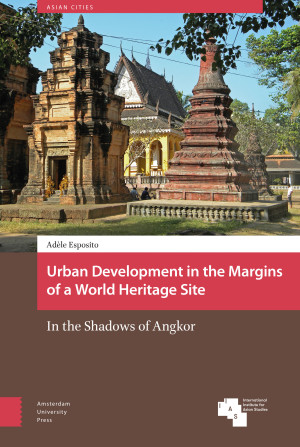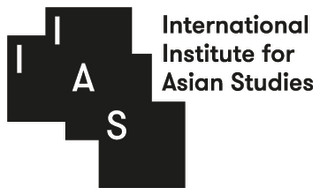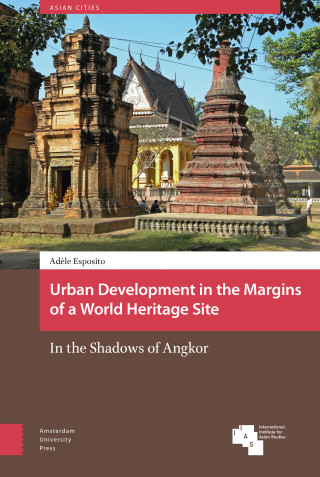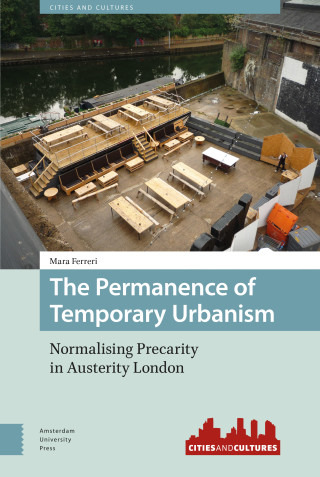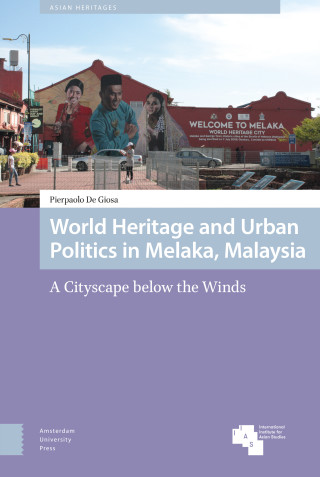This volume addresses the relationship between the UNESCO World Heritage Site of Angkor (Cambodia), and the nearby town of Siem Reap. While previous work on heritage sites has mainly focused on protected areas, this book shifts the attention to the margins, where detrimental, tourism-driven urban development may take place. By delimiting a protected site, a non-heritage space is created in which spatial fragmentation, disruptive development processes, and unjust power plays can occur. In post-war Cambodia, liberalization and collective aspirations for progress have provided a strong incentive for modernization. Controversial interests compete in the arena of urban development, and real estate development prevails over planned growth. At the same time, Siem Reap’s marginal position allows for some freedom in architectural and urban design. In the shadow of institutional control, this architectural space expresses alternative visions of the Khmer heritage and connects them with images of urban modernity.

